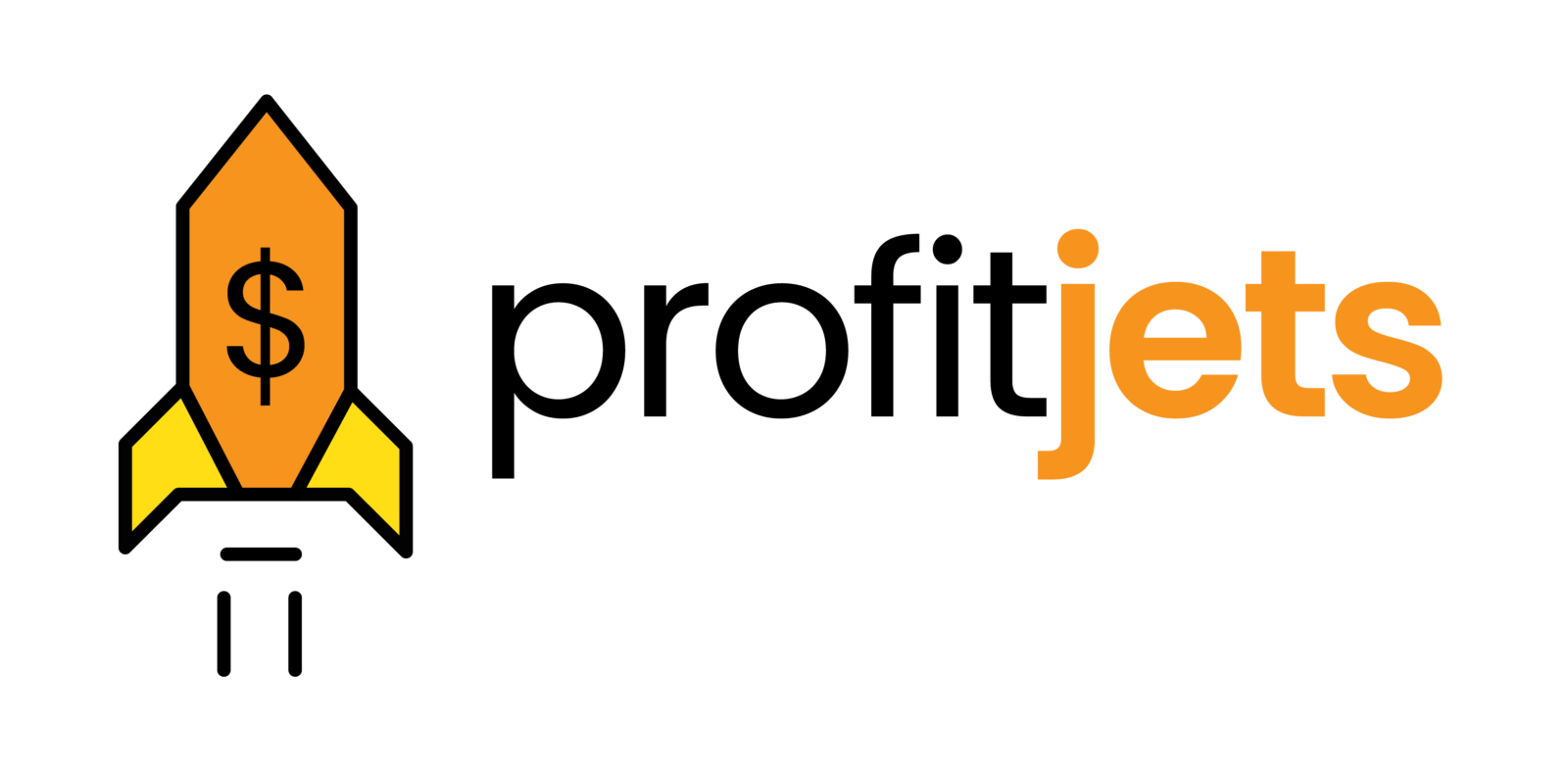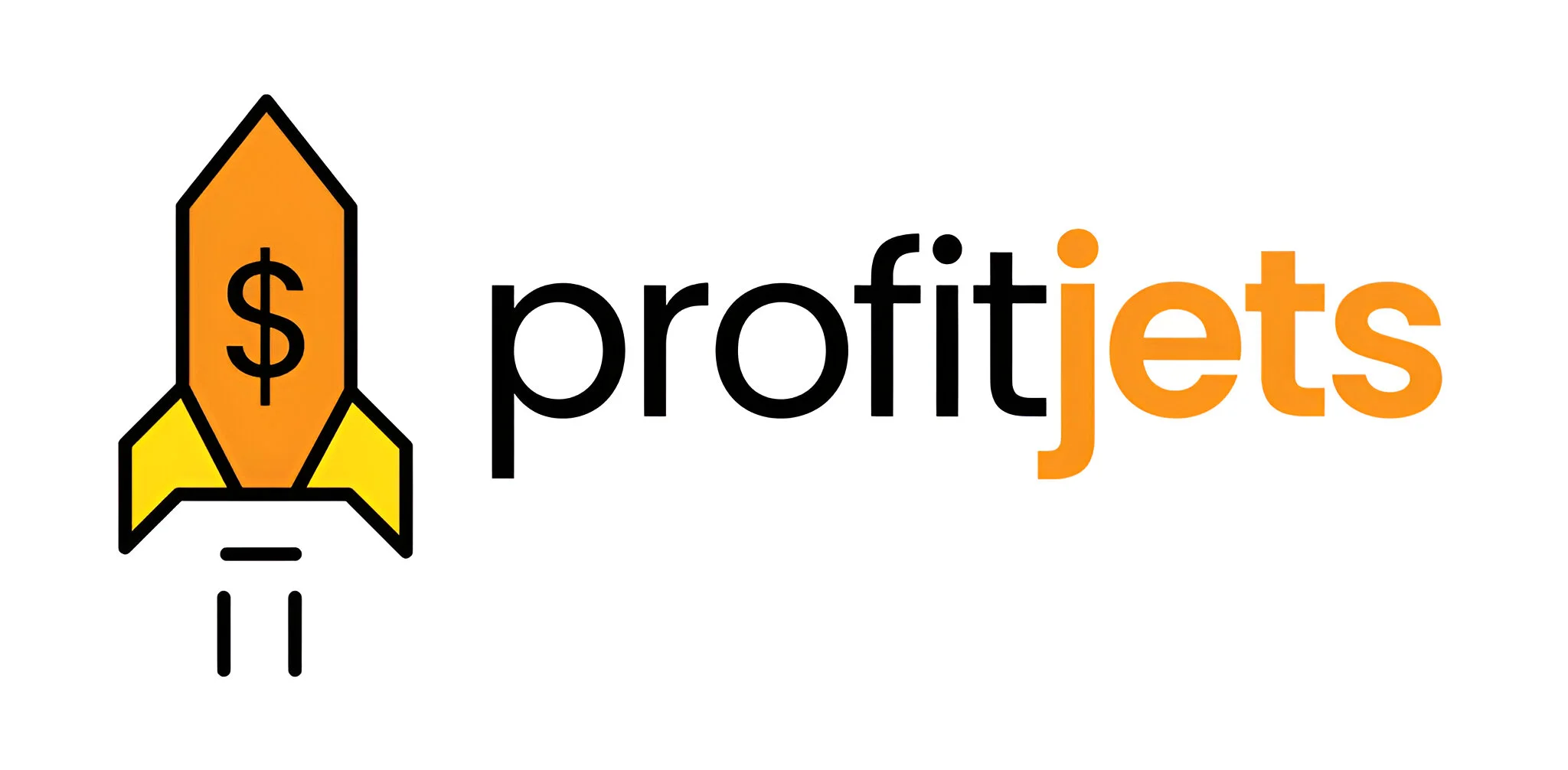Inventory valuation is critical for accurate financial reporting, tax planning, and cost management. In the U.S., businesses can choose between inventory methods like FIFO (First-In, First-Out) or LIFO (Last-In, First-Out) to account for the cost of goods sold (COGS).
In this guide, we’ll dive deep into LIFO—what it is, how to calculate it, how it compares to other inventory methods, and how small businesses and startups can benefit from it in 2025.
What Is LIFO?
LIFO (Last-In, First-Out) is an inventory accounting method where the most recently purchased items are recorded as sold first. That means newer inventory costs are matched against revenue, while older inventory stays on the balance sheet.
Example:
If you sell physical products and prices are rising, LIFO assumes you’re selling your higher-cost recent inventory first—resulting in higher COGS and lower taxable income.
This method is particularly useful during inflationary periods and is widely used in industries like manufacturing, automotive, and retail.
What Is LIFO in Accounting?
In accounting, LIFO affects three key financial areas:
- Cost of Goods Sold (COGS): Higher under LIFO in periods of inflation.
- Inventory Valuation: Lower on the balance sheet.
- Taxable Income: Reduced due to higher reported expenses.
Because of its tax-saving potential, many U.S. businesses prefer LIFO. However, it’s worth noting that LIFO is not permitted under IFRS, making it less suitable for global entities.
Working with outsourced accounting services ensures compliance and optimal method selection for your business model.

How to Calculate LIFO
Here’s the general formula to calculate LIFO COGS:
COGS = Cost of Latest Inventory × Quantity Sold
Example:
Let’s say your business purchases:
- 100 units @ $10
- 100 units @ $15
You sell 150 units.
Under LIFO:
- First 100 sold @ $15 = $1,500
- Next 50 sold @ $10 = $500
Total COGS = $2,000
In contrast, FIFO would result in a lower COGS ($1,750), thus higher taxable income.
Using bookkeeping services can help you automate LIFO tracking within your accounting software.
LIFO vs FIFO: A Quick Comparison
| Feature | LIFO | FIFO |
| COGS | Higher (in inflation) | Lower (in inflation) |
| Net Income | Lower | Higher |
| Taxes | Lower | Higher |
| Inventory Value | Lower | Higher |
| U.S. GAAP | Allowed | Allowed |
| IFRS | Not allowed | Allowed |
LIFO is ideal for U.S.-based companies focused on minimizing taxes—especially relevant for startups with rising costs.
LIFO and Tax Services in 2025
Since LIFO directly impacts taxable income, it’s a powerful tool in your tax strategy—but it must be managed carefully.
Key Points:
- IRS requires Form 970 for LIFO adoption.
- Once chosen, switching methods needs IRS approval.
- LIFO can reduce tax liabilities in high-cost environments.
Partnering with CFO services or a tax services provider ensures your LIFO strategy aligns with IRS rules and long-term financial goals.
When Should You Use LIFO?
You should consider LIFO if:
- Your costs are consistently rising (e.g., raw materials, fuel, logistics).
- You’re operating in a high-margin business sensitive to tax.
- You don’t rely on global IFRS compliance.
E-commerce companies, distributors, and startups in product-heavy businesses may benefit from LIFO—especially when advised by an outsourced accounting firm for startups.
Limitations of LIFO
Like any method, LIFO has trade-offs:
- Inventory undervaluation: Old, low-cost inventory may distort financials.
- Lower reported earnings: May affect investor appeal.
- Complexity: Requires consistent tracking and record-keeping.
That’s why using outsourced bookkeeping services is crucial for accurate LIFO execution and audit readiness.
How LIFO Affects Financial Decision-Making?
- Cash Flow: Lower taxes improve short-term liquidity.
- Investor Analysis: Lower earnings may seem less attractive without context.
- Valuation Models: Can differ significantly under FIFO vs LIFO.
Understanding the LIFO impact across these areas enables better growth planning—and your outsourced accounting services provider can support you with side-by-side scenario modeling.

Conclusion
In 2025, LIFO remains a strategic inventory method for U.S.-based small businesses and startups navigating inflation and volatile supply chains. It offers tax-saving potential, accurate cost matching, and improved cash flow—but also requires diligent compliance and financial tracking.
Whether you’re choosing an inventory method for the first time or considering switching, professional guidance through bookkeeping services, CFO advisory, and tax planning can make all the difference.
FAQs on LIFO
1. Is LIFO allowed under international accounting standards?
No. LIFO is not permitted under IFRS but is allowed under U.S. GAAP
2. How do I switch from FIFO to LIFO?
You need IRS approval using Form 970 and must consistently apply LIFO across inventory categories.
3. Does using LIFO always reduce taxes?
Typically yes, during inflationary periods. But if costs drop, LIFO may result in higher taxes.
4. Can e-commerce businesses use LIFO?
Yes, if they hold physical inventory. LIFO may help offset rising shipping or procurement costs.
5. Should startups use LIFO from the start?
It depends. If you’re U.S.-based and anticipate rising input costs, starting with LIFO can align your accounting with tax-saving goals. Consider advice from an outsourced accounting firm for startups.










